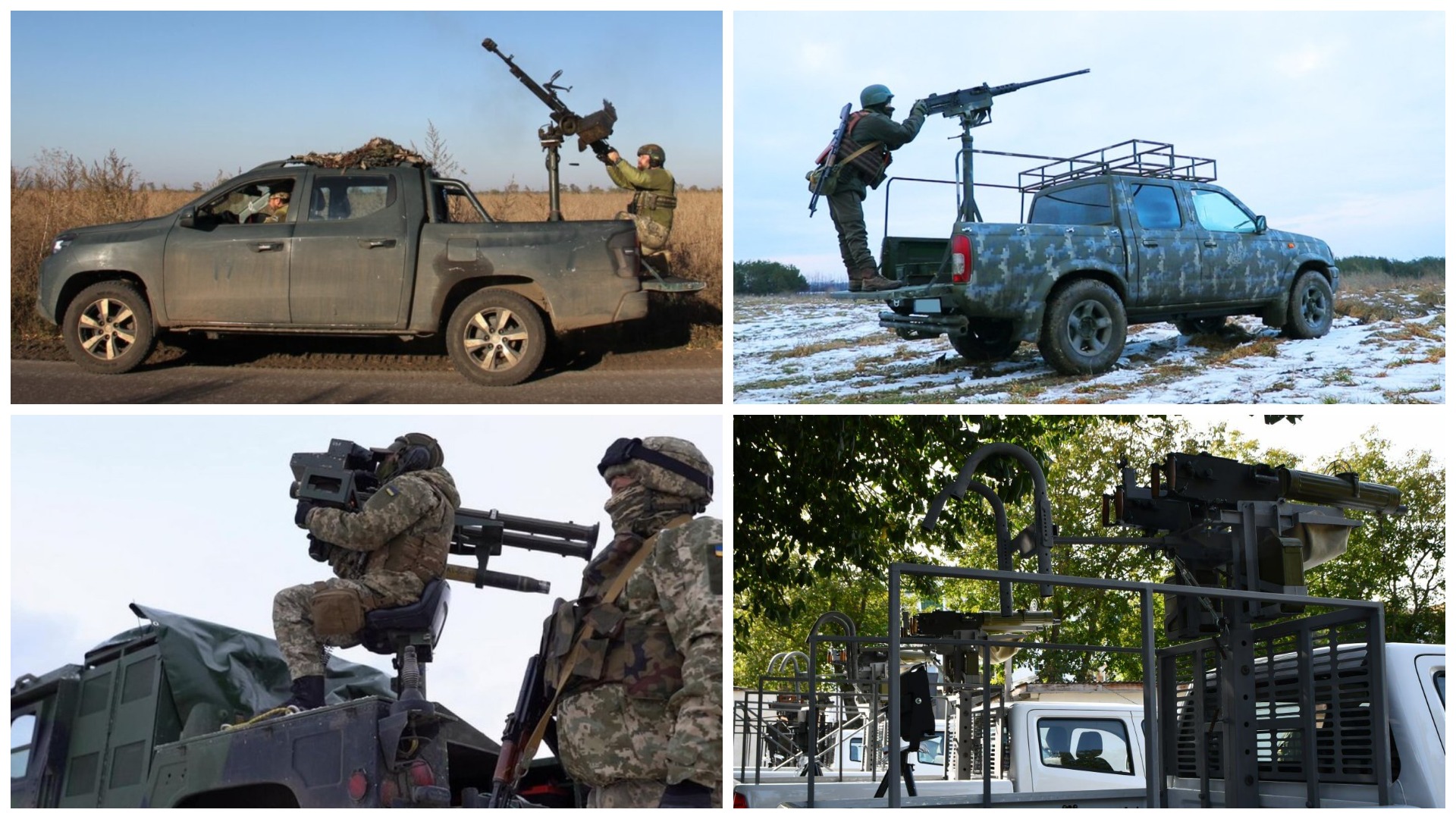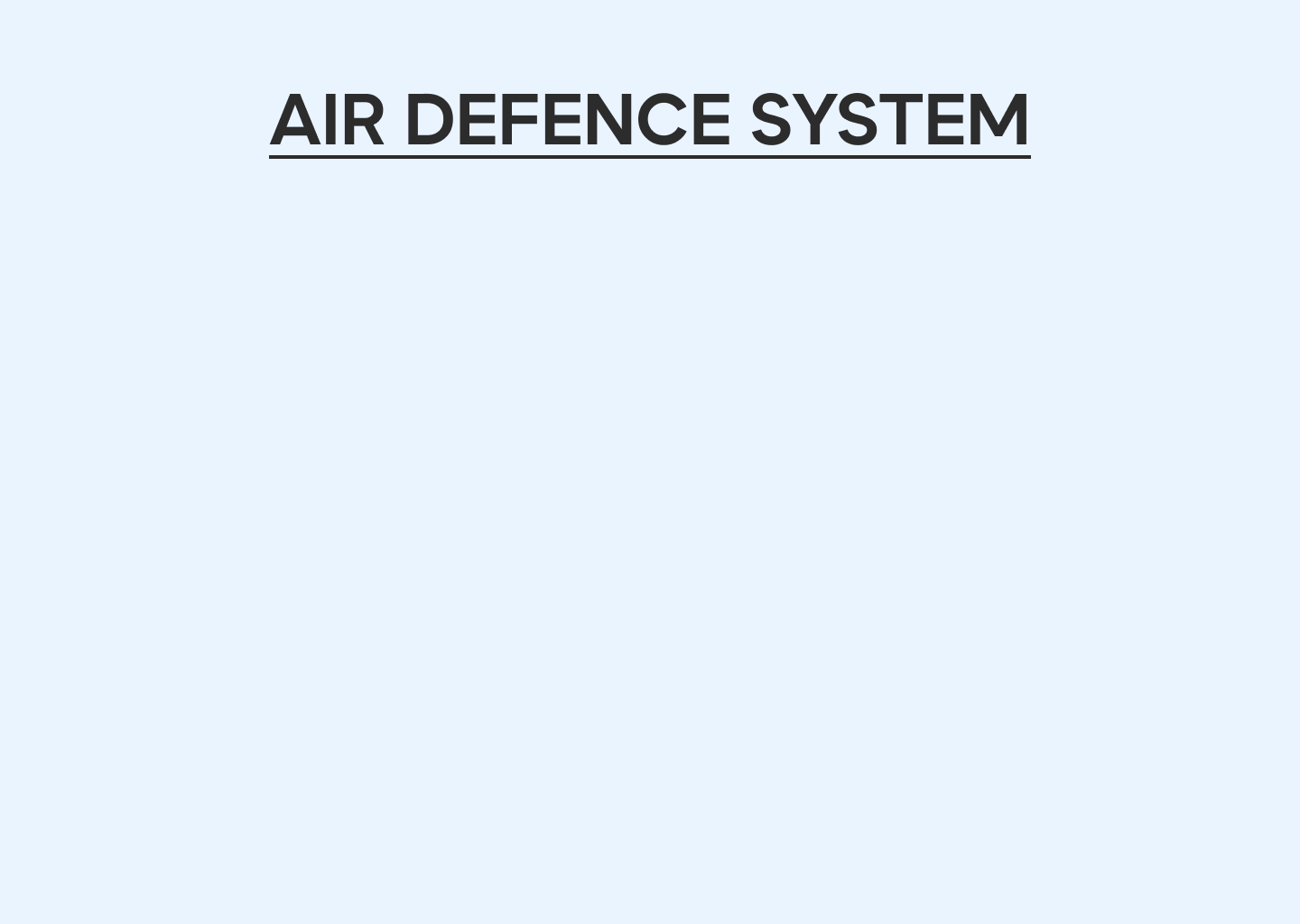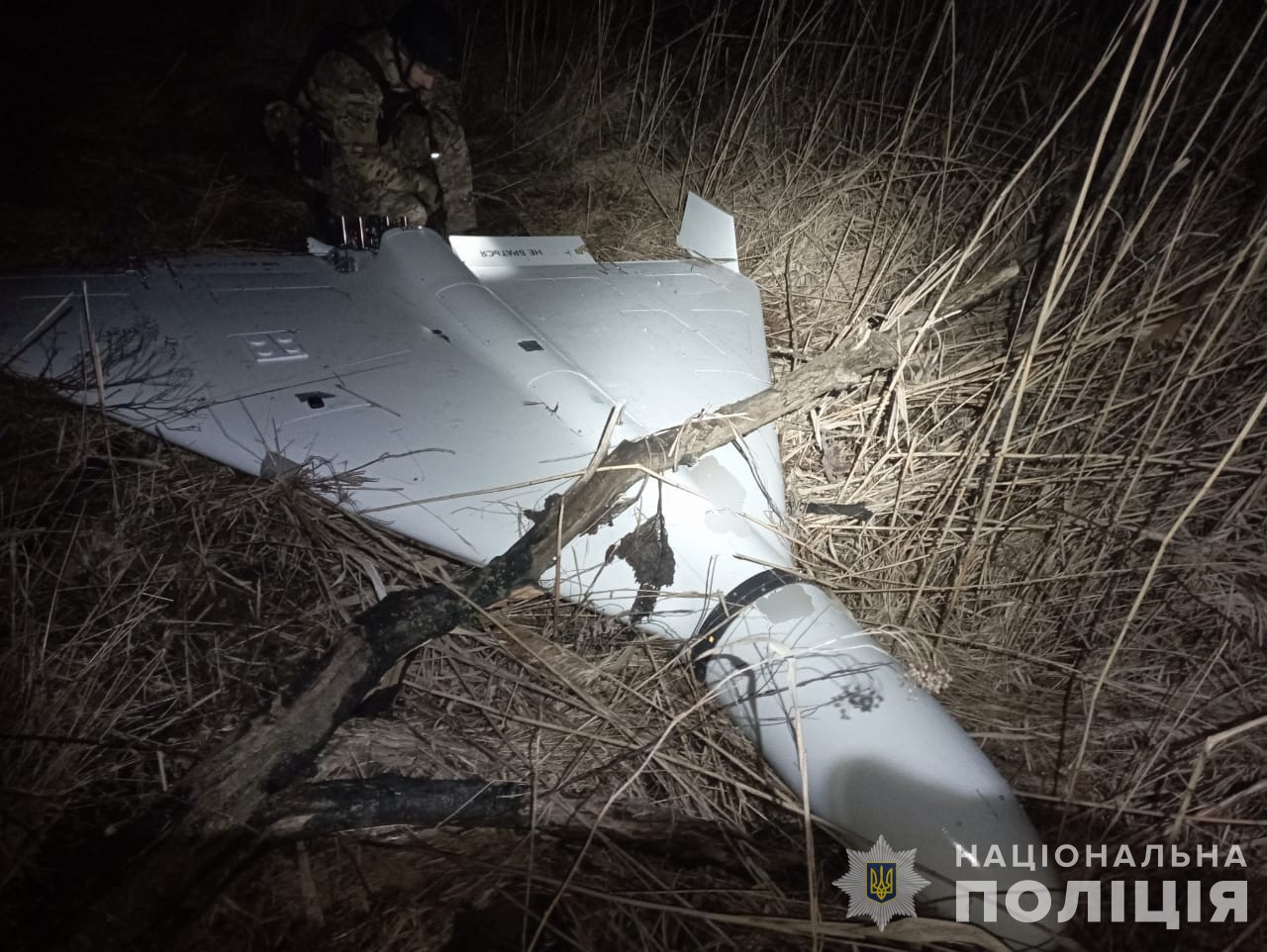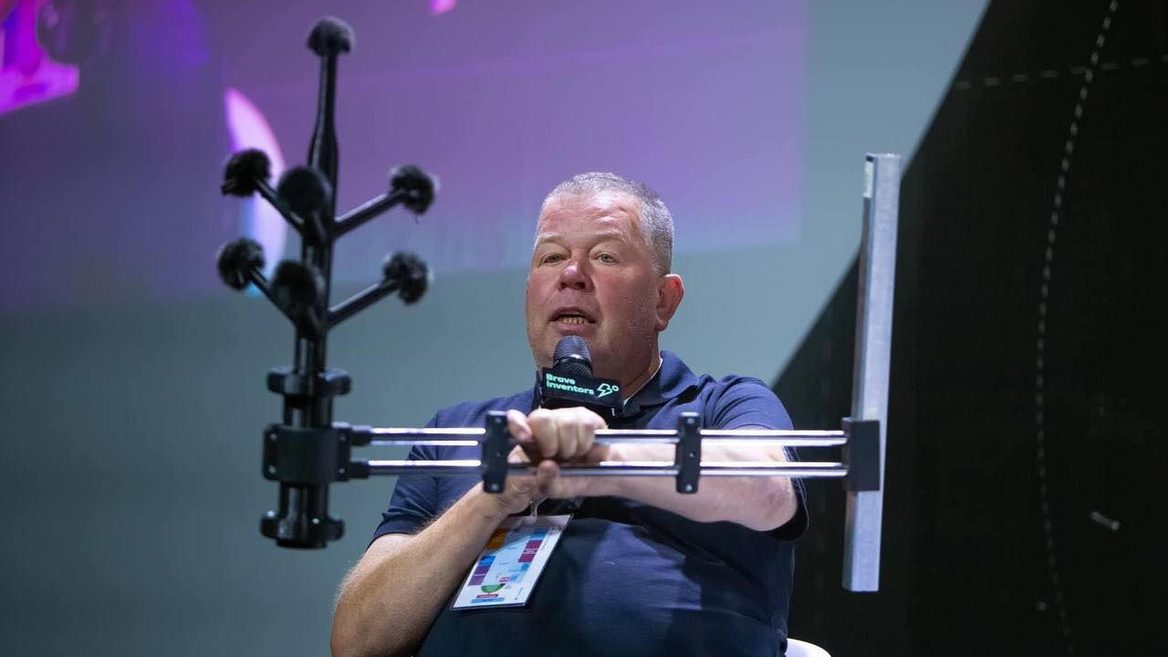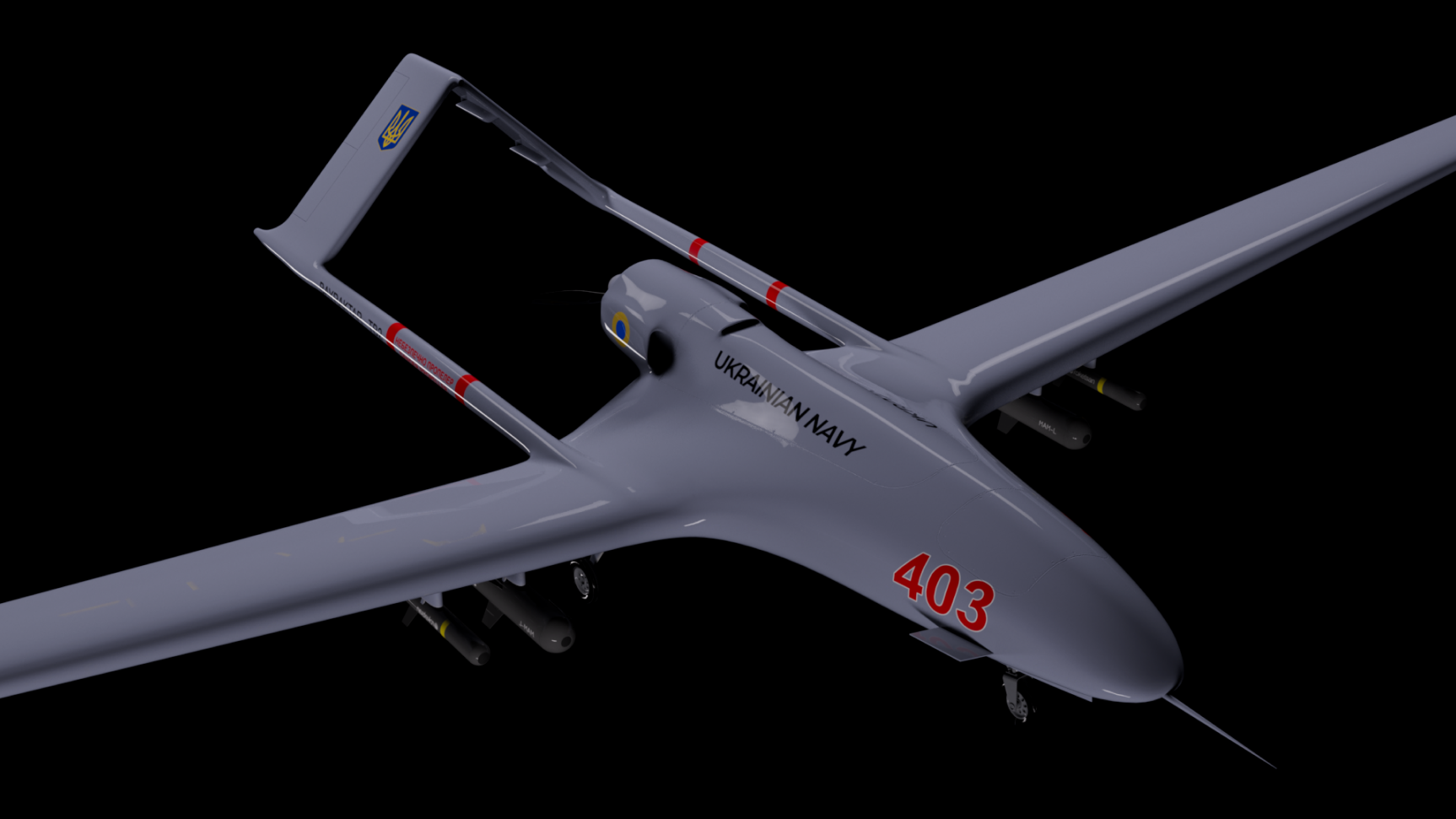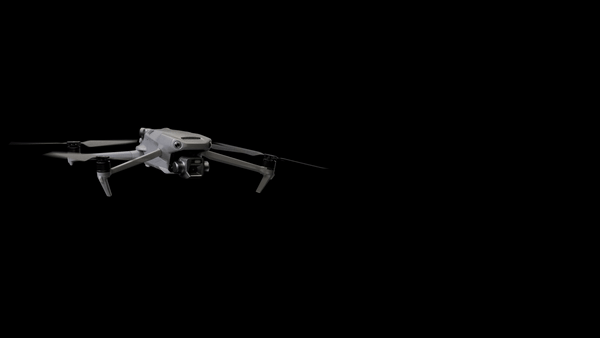At one point, it became clear that Western allies simply did not have enough available air defence assets to completely protect Ukraine’s sky. Therefore, Ukrainian designers and engineers had to rely on their own ingenuity.
An air defence system generally consists of three key elements: radar, launcher, and missiles. In Ukraine, the military is facing a situation where Soviet systems have launchers but no missiles, or sometimes Western launchers may be available, but without the critical part — the radar.
The obvious decision was to try to combine all parts and make a hybrid air defence weapon. This is how the FrankenSAM project was born. The concept is simple: put together all components Ukraine has, can produce or buy, and eventually merge them into a single system.
Thus, the old American RIM-7 anti-aircraft missiles, which are abundant in warehouses,
were mated with the Soviet Buk SAM system, and Ukrainian radar stations were put together with the US-made Patriot and NASAMS launchers.
The Air Force already uses various kinds of FrankenSAMs". Last January, a prototype mixing Ukrainian and American elements even
hit its first Shahed, giving hope for more protected skies.
However, the scale of this project was still insufficient. There was a need to devise something that could be manufactured in hundreds and scattered all over Ukraine.
This is how the concept of mobile fire teams armed with machine guns or small anti-aircraft missiles was conceived. The base idea is not new — this is how Russian drones have been intercepted in the combat zone since the full-scale invasion began. When the threat of Shaheds first emerged, twin machine guns were installed on civilian pickups, with spotlights and sights added.

